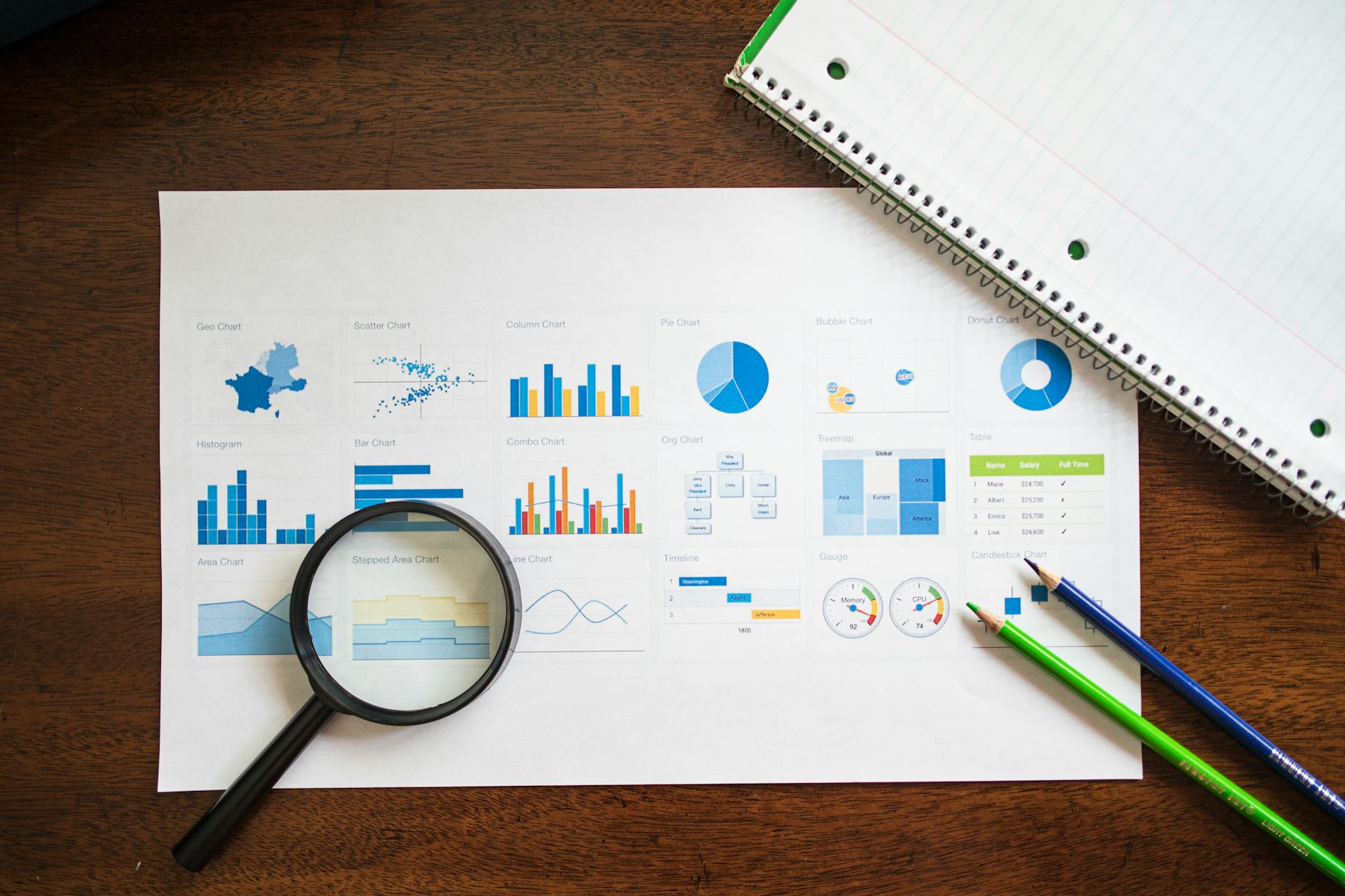What is continuous evaluation?

What is Continuous Evaluation?
Continuous evaluation is a dynamic approach to assessing performance and progress over time, rather than relying solely on traditional, periodic assessments. This concept holds significant relevance in both personal development and productivity. By embracing continuous evaluation, individuals and organizations can foster a more proactive and reflective environment, ultimately leading to enhanced performance and growth.
Understanding Continuous Evaluation
Definition of Continuous Evaluation
At its core, continuous evaluation refers to an ongoing process of assessing progress and performance. Unlike traditional evaluation methods that occur at fixed intervals—like quarterly reviews or final exams—continuous evaluation focuses on real-time feedback and regular check-ins. This allows individuals to identify strengths and weaknesses as they arise, promoting timely adjustments and improvements.
For a deeper understanding of continuous evaluation in a security context, you might explore Continuous Evaluation – Overview.
Comparison with Traditional Evaluation
In traditional evaluation, assessments are typically scheduled and can lead to anxiety or a narrow focus on “passing” the test. This method often results in a lag between when issues arise and when they are addressed. In contrast, continuous evaluation encourages an ongoing dialogue. For example, instead of waiting for an annual performance review to address challenges, employees receive regular feedback that highlights areas for improvement as they occur.
This shift from static to dynamic assessment can transform workplace culture. Instead of fearing evaluations, individuals may find them to be growth opportunities.
Benefits of Continuous Evaluation
Improved Performance Tracking
One of the standout advantages of continuous evaluation is the enhancement of performance tracking. By regularly measuring progress, both individuals and teams can gain clarity on their achievements and areas that need attention. This consistent feedback loop fosters accountability, as you can see how your actions directly impact your goals.
Consider how this plays out in an academic setting. Continuous assessment allows students to monitor their understanding of subjects over time, rather than cramming for end-of-term exams. This ongoing engagement leads to deeper learning and retention.
Enhanced Learning Opportunities
Continuous evaluation offers a platform for ongoing learning. By receiving immediate feedback, individuals can adjust their strategies and methods, making learning more effective. For instance, teachers can identify knowledge gaps in real-time and adjust their teaching accordingly, rather than waiting for final exams to reveal misunderstandings.
This concept is well articulated in discussions around continuous and comprehensive evaluation, which highlights how consistent assessment can lead to better teaching-learning plans.
Greater Adaptability to Change
In a fast-paced world, adaptability is crucial. Continuous evaluation allows individuals and organizations to pivot quickly when challenges arise or when circumstances change. Regular assessments mean you can spot emerging trends and adjust your strategies accordingly. This flexibility is invaluable, especially in industries that experience rapid change.
For instance, in project management, ongoing evaluation can reveal project bottlenecks early on, allowing teams to implement solutions without waiting for a formal project review.
Implementing Continuous Evaluation
Setting Up Goals and Metrics
To successfully incorporate continuous evaluation into your routine, start by establishing clear goals. These goals should be specific, measurable, achievable, relevant, and time-bound (SMART). Alongside your goals, define metrics that will help you gauge progress. This structured approach provides a roadmap for your evaluation process.
Establishing Regular Check-Ins
Regular check-ins are vital for the success of continuous evaluation. These can take the form of weekly meetings, daily reflections, or even quick daily assessments. By scheduling these moments, you create a consistent space for feedback and growth.
Imagine setting aside ten minutes each week to reflect on what worked well and what didn’t. This practice not only promotes growth but also reinforces accountability.
Using Feedback for Growth
Feedback is the lifeblood of continuous evaluation. It’s not just about collecting data; it’s about using that data to inform future actions. Whether you receive feedback from peers, mentors, or self-assessments, make it a habit to analyze this information critically. Identify trends and insights that can drive your development forward.
For example, if feedback indicates a recurring challenge in a particular area, you can take proactive steps to address it, such as seeking additional training or adjusting your work habits.
Challenges of Continuous Evaluation
Avoiding Overwhelm
One potential pitfall of continuous evaluation is the risk of information overload. With constant feedback and data collection, it’s easy to feel overwhelmed. To mitigate this, focus on what matters most. Prioritize key metrics that align with your goals and avoid getting bogged down by excessive details.
Maintaining Motivation
Another challenge is maintaining motivation throughout the evaluation process. Regular assessments can become tedious if they lack structure or purpose. To combat this, ensure that you celebrate small victories along the way. Recognizing progress can help keep motivation levels high and sustain engagement.
Consider setting milestones within your continuous evaluation framework. Each time you reach a milestone, take a moment to reflect on what you’ve achieved—this can serve as a powerful motivator.
The Future of Continuous Evaluation
Embracing continuous evaluation represents a shift towards a more proactive and growth-oriented mindset. By integrating regular assessments into your personal and professional life, you can unlock your full potential and navigate challenges with confidence.
In conclusion, continuous evaluation is not just about measuring performance; it’s about fostering an environment of growth and adaptability. As you adopt this practice, remember to set clear goals, engage with feedback, and celebrate your progress. By doing so, you’ll cultivate a culture of continuous improvement that will serve you well in all areas of life.

Photo by RDNE Stock project